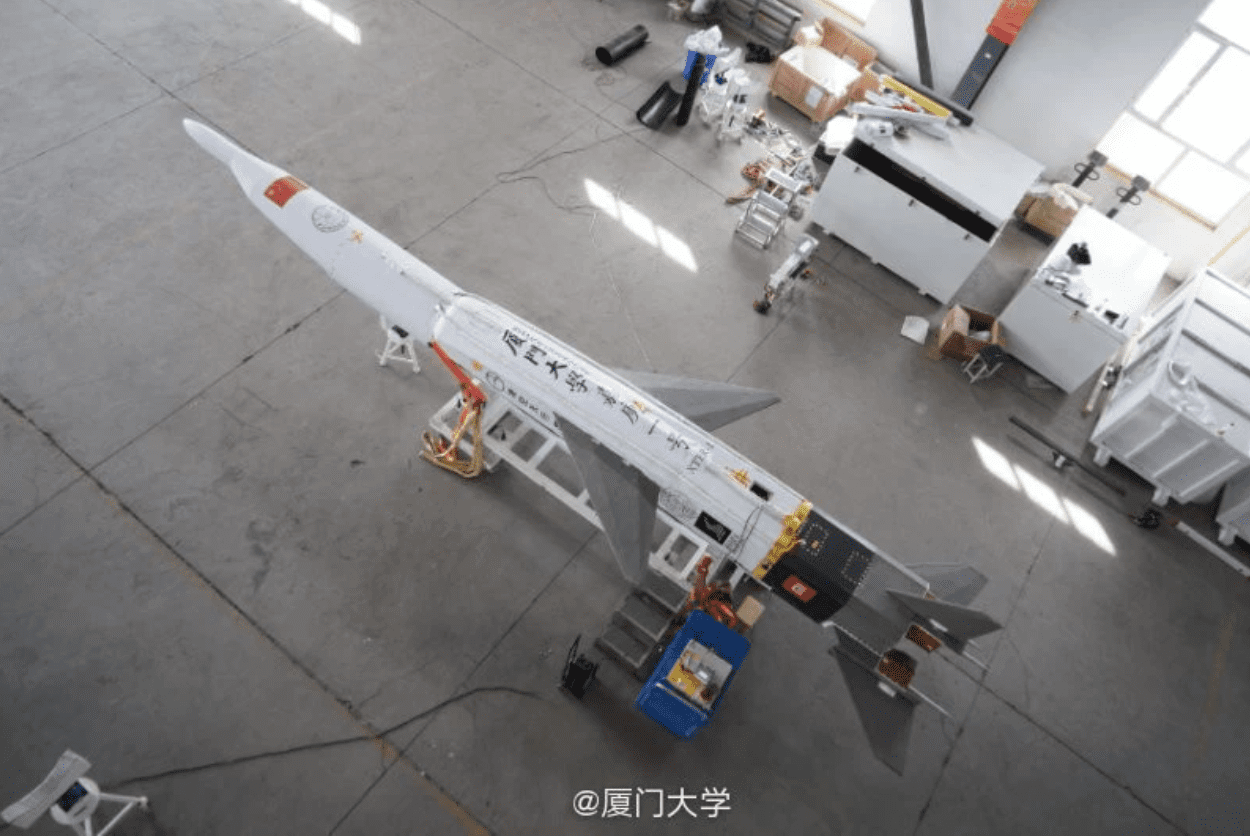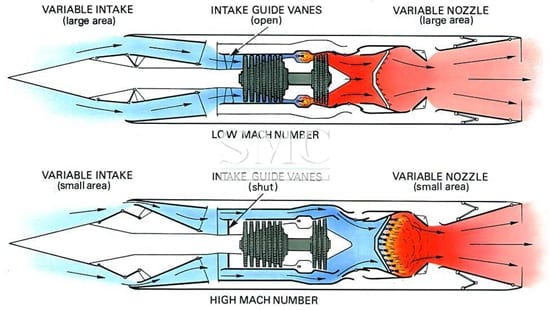Physics might still be trying to convince us that time travel is never going to happen, and while that is disappointing, being able to get from one place to another in the snap of a finger – or even in a couple of hours – would be a welcome relief to travelers everywhere.
And while this engine doesn’t technically exist outside of people’s minds yet, a group of engineers truly thinks it might be possible.
These Chinese researchers are working on developing a new generation of jet engines, one that can handle speeds up to Mach 16.

Image Credit: Popular Mechanics
That’s 19,000 kph (11806 mph), my friends, and it’s been tested and found stable, according to this study.
They’re calling it the standing oblique detonation ramjet, a further development of of the ramjet, which was developed by Hungarian Albert Fono to increase the range of artillery pieces.
The biggest difference between a normal jet engine and a ramjet engine is that instead of using fan blades to compress the air in the front before sending it for combustion, the ramjets’ rapid advance through the air pushes the air inside the engine.
The technology being realized in China is based on American research completed by Richard Morrison, who had the idea for a “soramjet” back in the 1970s. It’s technology is based on the shock wave produced at supersonic speeds containing enough energy to constantly turn on the engine, then be able to keep speeds above Mach 15.
The technology, while considered promising, was abandoned within a decade.
The lead researcher in China, Jiang Zonglin, chose to take the original idea but go a different route with it, and that’s what let to this concept coming to light.
“Jiang and colleagues said they were fed up with scramjets’ fatal design weakness. The scramjet could barely generate any thrust at the speed of Mach 7 or beyond.
The fuel consumption was so high that no commercial aviation company could possibly foot the bill.
And the pilots—not to mention passengers—could suffer heart attacks if they were required to restart the engine from time to time during a flight.”
This new design uses the sonic boom to add combustion, not blow it out, effectively turning the shock wave from an enemy into an ally as it helps sustain and stabilize combustion at hypersonic speed.
A prototype undertook a test flight inside a hypersonic wind tunnel, and emerged with suggestions of unprecedented performance in the areas of thrust, fuel efficiency, and operational stability. The craft was stable at supersonic speeds and the higher the speed, the more efficient the engine – which means Morrison was right in predicting that shock waves inside an acoustic engine are able to keep the combustion going.

Image Credit: South China Morning Post
The authors released a statement, including this:
“With reusable trans-atmospheric planes, we can take off horizontally from an airport runway, accelerate into orbit around the Earth, then reenter into the atmosphere, and finally land at an airport. In this way, space access will become reliable, routine and affordable.”
A concept and a prototype are just that, though, and there’s a long road ahead before passengers will be able to board this sort of craft for a quick flight – most notably that a whole world of complications exist outside a synthetic wind tunnel.
In an era where technology is critical to both travel and exploration, though, this project seems to have just moved to the front of the class.







